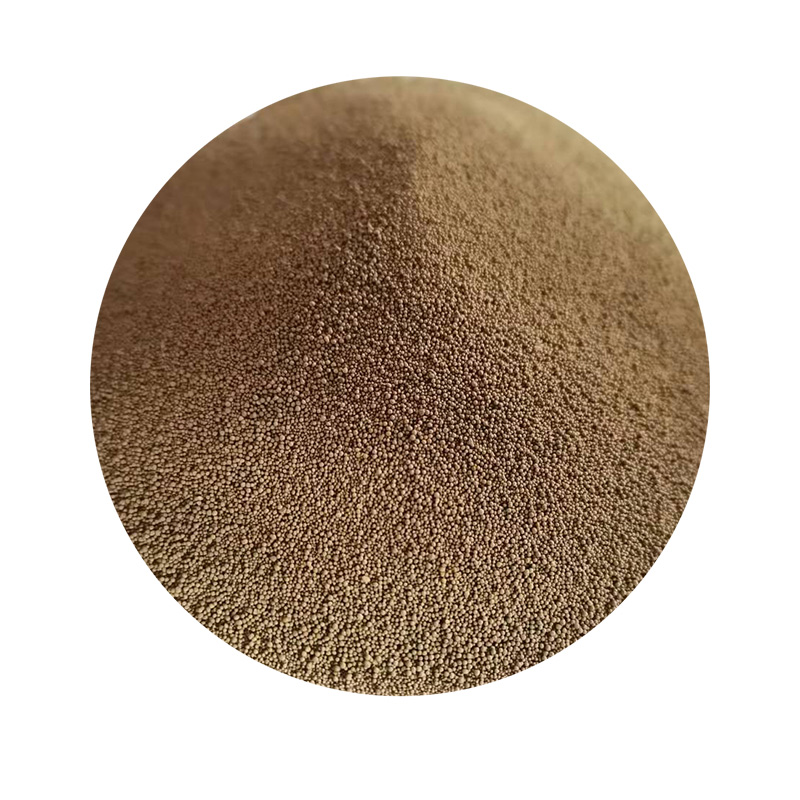What to Sand Resin With A Comprehensive Guide
Resin can be a fantastic medium for various craft and DIY projects, allowing artists and hobbyists to create stunning visual effects and durable surfaces. However, once the resin has cured, you may need to sand it for a smoother finish, to prepare it for painting, or to achieve specific artistic effects. Sanding resin is a process that requires the right tools, techniques, and precautions to achieve the best results without damaging the work. This article will guide you through the essentials of what to sand resin with, how to do it effectively, and tips for ensuring a smooth finish.
Choosing the Right Sandpaper
When it comes to sanding resin, the choice of sandpaper is crucial. Here are some key factors to consider
1. Grit Levels Sandpaper is available in various grits, which indicate the coarseness of the paper. Generally, lower numbers (e.g., 60-grit) are more abrasive and suitable for heavy material removal, while higher numbers (e.g., 400-grit or higher) are for finishing touches. For resin, you'll want to start with a medium grit (around 120 to 220) and gradually work your way up to finer grits for a polished finish.
2. Wet vs. Dry Sandpaper Wet sanding can be beneficial when working with resin. It helps reduce dust, prevents the paper from clogging, and results in a smoother finish. Wet sandpaper is usually made from silicon carbide and can be soaked in water or used submerged while sanding. Dry sandpaper can also work well, especially for initial sanding stages.
3. Sanding Sponges and Blocks For flat surfaces, sanding sponges or blocks can provide a more uniform application of pressure. They also conform well to the curves of your resin piece. Consider using a fine-tipped sanding sponge for intricate areas or dead corners.
Sanding Resin Technique
Now that you have the right tools, it's crucial to know how to sand resin properly
1. Preparation Before starting to sand, ensure the resin is completely cured. This might take anywhere from 24 hours to several days, depending on the type of resin used. Once cured, use a plastic scraper or knife to remove any rough edges.
what to sand resin with

2. Initial Sanding Start with your medium-grit sandpaper (around 120-220 grit). If you have to remove a significant amount of material or are smoothing out uneven surfaces, use a lower grit. Sand in a circular motion to avoid creating deep grooves in the surface. Treat it gently to ensure you don’t sand too deeply in any one spot.
3. Progressing to Finer Grits After the initial sanding, gradually move to finer grits (up to 400 or even 600 grit). Take your time with each grit to achieve a smooth surface. Always sand in different directions—both circular motions and back-and-forth strokes—to ensure an even finish.
4. Wet Sanding For the final stages, wet sanding can help achieve a glass-like finish. Dampen your sandpaper and lightly sand your piece. Frequently rinse the piece to clear away debris and observe your progress.
5. Cleaning Up After sanding, thoroughly clean your piece with a damp microfiber cloth to remove any dust or residue. This step is crucial if you plan to paint or apply additional finishes.
Safety Precautions
Sanding resin can create fine dust particles that may be harmful if inhaled. Here are a few safety measures to keep in mind
1. Wear a Mask A dust mask or respirator is essential to protect your lungs from fine particles. 2. Use Eye Protection Safety goggles should be worn to prevent dust from irritating your eyes.
3. Ventilation Ensure your workspace is well-ventilated, especially if using power tools for sanding.
Conclusion
Sanding resin is an important technique that can enhance the appearance and functionality of your projects. By carefully selecting the right sandpaper and employing proper techniques, you can achieve smooth, beautiful results. Remember to prioritize safety throughout the process, and don’t rush—taking your time will yield the best finishes. With practice, sanding resin can become a straightforward task that adds a professional touch to your artistic endeavors. Happy crafting!
Post time:តុលា . 22, 2024 02:34
Next:Properties and Applications of Sintered Sand in Modern Manufacturing Techniques
